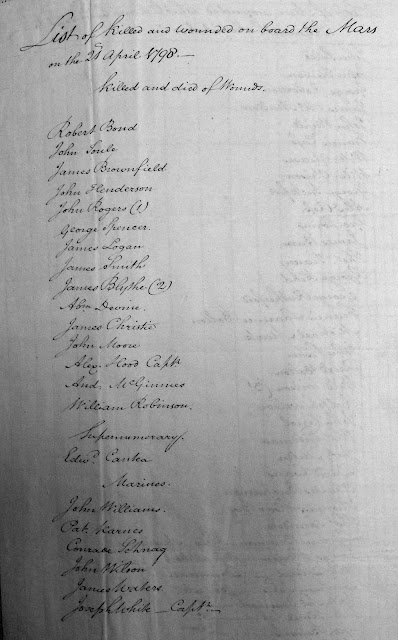From at least 1871, Ann
Caithness was residing in an almshouse at Totton. There were four of these
dwellings, each inhabited by a respectable elderly person, living alone. Ann’s neighbours in 1881 were two seamstresses and a
nurse; Ann, at 85, was the oldest.
The almshouses were in Commercial Road,
Totton, as seen in the map below:
 |
Almshouses in Commercial Road, Totton |
As the almshouses haven’t
survived and so far no pictures of them have been found we have to rely on
descriptions, drawings and photographs of other similar structures. Almshouses were
usually built in a row or a traditional three sided square, with a central courtyard.
This gave a sense of safety and security without isolating the residents from
the outside world; as pensioners they remained part of the community they had lived among for
many years.
The term ‘almshouse’ is not
synonymous with ‘workhouse’. It’s apparent from online offerings that
considerable confusion exists on this matter. The basic distinction between the
two is that an almshouse was privately funded as a charitable bequest whereas a
workhouse was financed by public taxation.
 |
Almshouse, Winchester |
An almshouse was a lovely
place to live, a workhouse was not. An almshouse was provided as sheltered
housing for deserving aged individuals specifically designated by the
benefactor and administered by a trust. A workhouse was set up by the Parish
or, prior to the passing of the Poor Law Amendment in 1834, by the Union, and was the last refuge of the desperate.
Almshouses – one of various terms including bedehouse,
maison dieu, hospital - have an ancient history going back to monastic times in
the 10th century. After the dissolution of the monasteries many of
the medieval hospitals disappeared but others were rebuilt and run as secular
accommodation for those in need.
Perhaps the best example in
literature is Hiram’s Hospital as described in Anthony Trollope’s novel, The
Warden:
In the year
1434 there died at Barchester one John Hiram, who had made money in the town as
a wool-stapler, and in his will he left the house in which he died and certain
meadows and closes near the town …for the support of twelve superannuated
wool-carders, all of whom should have been born and bred and spent their days
in Barchester; he also appointed that an alms-house should be built for their abode … the twelve old men received a comfortable lodging and a small stipend under the will of
John Hiram.….
There has been some debate as to whether Trollope based Hiram’s Hospital on St Nicholas’s, Salisbury,
or on St Cross in Winchester.
 |
St Nicholas's, Salisbury |
 |
Pawnbrokers' Almshouses
Forest Gate |
Sometimes almshouses would
be provided for people of a particular occupation. Examples: the Free Watermen
and Lightermen’s Almshouses in Penge,
Kent, built in
1840-1841 for retired company freemen and their widows; the Pawnbrokers’ Almshouses,
Forest Gate, built in 1850.
 |
The Free Watermen and Lightermen's Almshouses, Penge |
In the volume of the
Victoria County History pertaining to Eling and Totton it’s mentioned that in
1786 parliamentary returns refer to ‘a house, then vested in the churchwardens,
given to the poor by a Mrs Moody. It was used as almshouses for four widows until 1860,
when the houses were burnt down.’ Interestingly, the first reference to the
almshouses at Totton is dated 1861 and is about fire insurance, a concern perhaps
prompted by the disaster which overtook Mrs Moody’s almshouses.
 |
A typical row of 19th c almshouses |
 |
Almshouses at Chipping Norton |
Acknowledgement:
Tom Sheldon










































